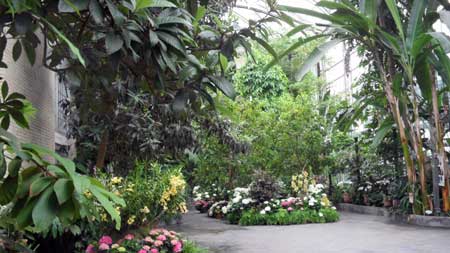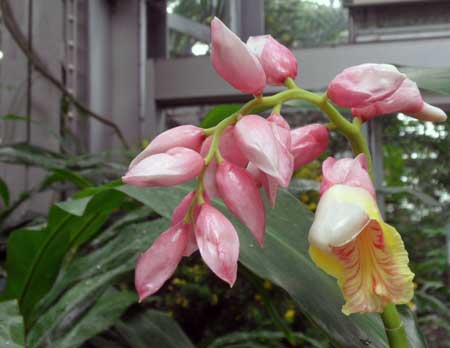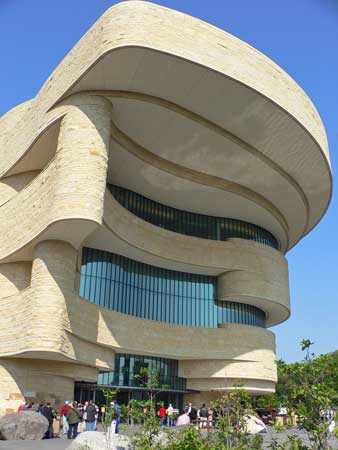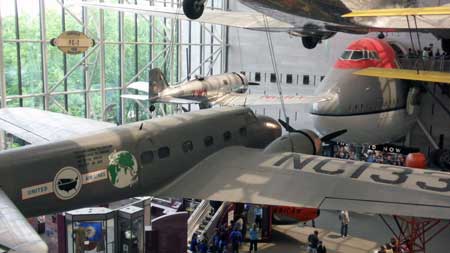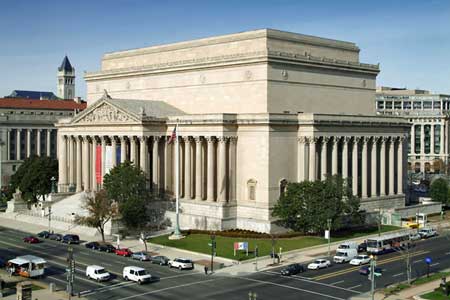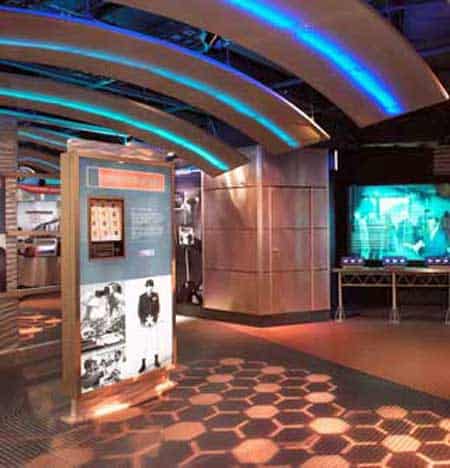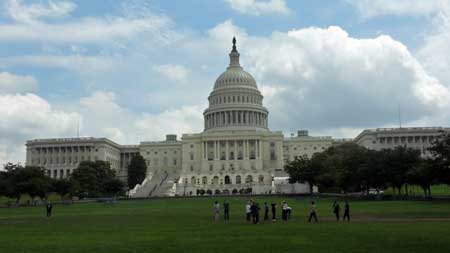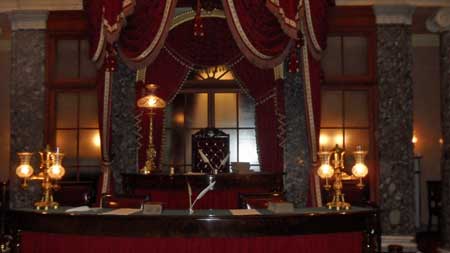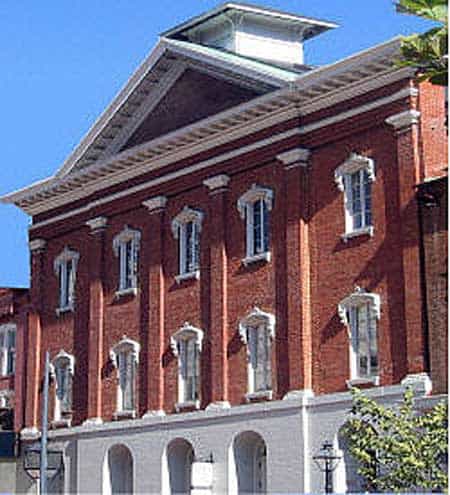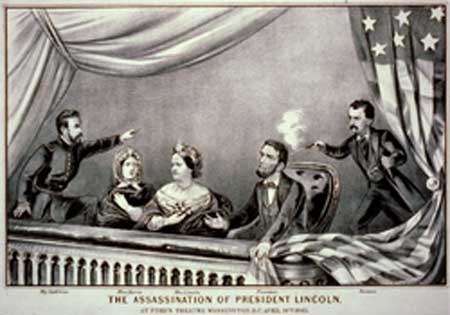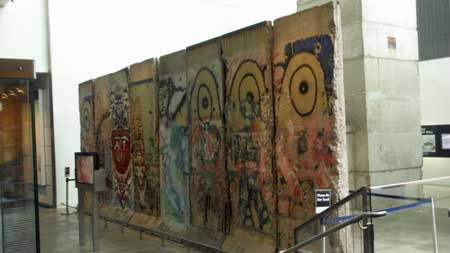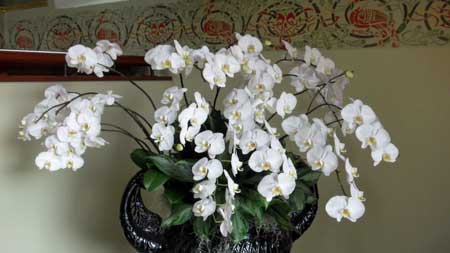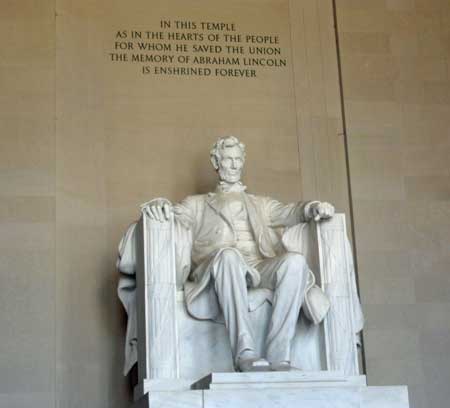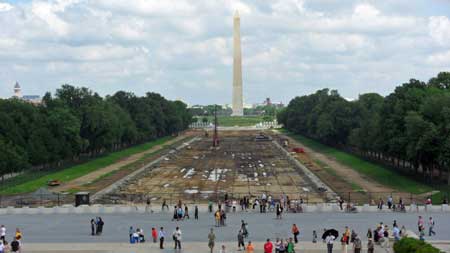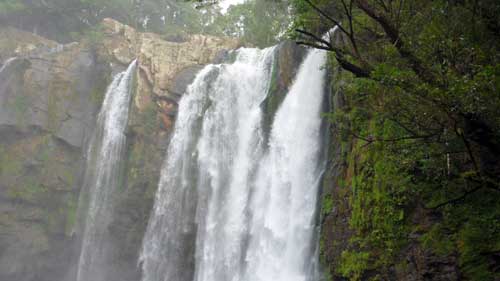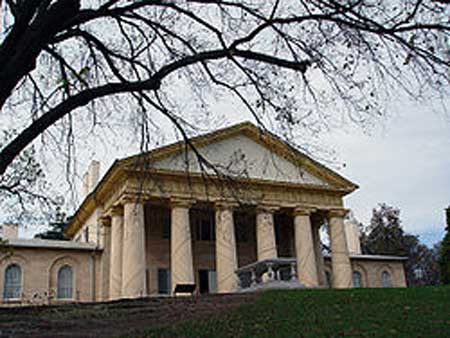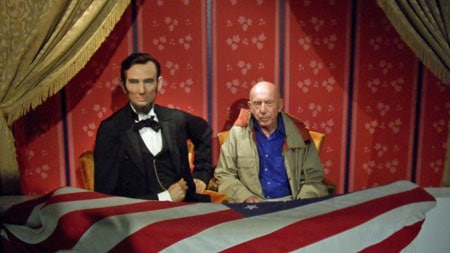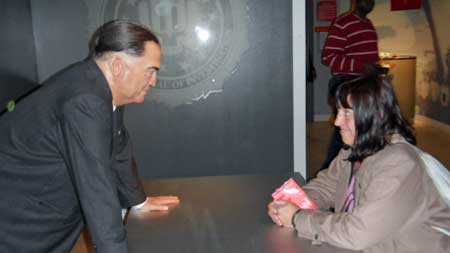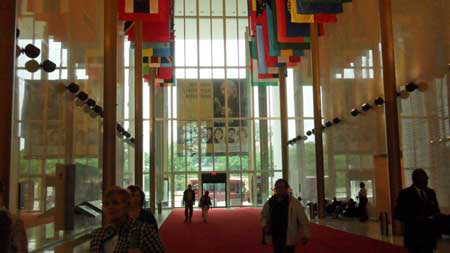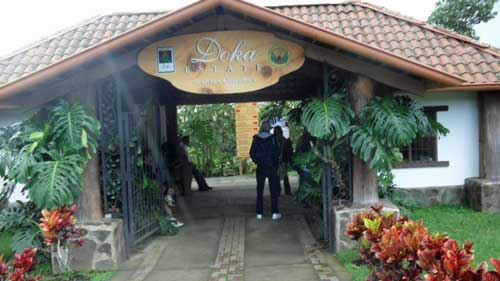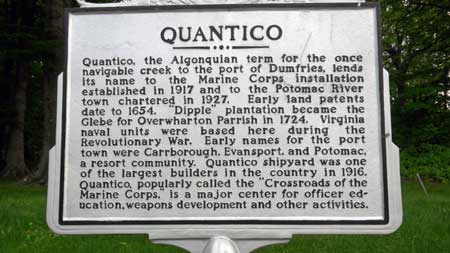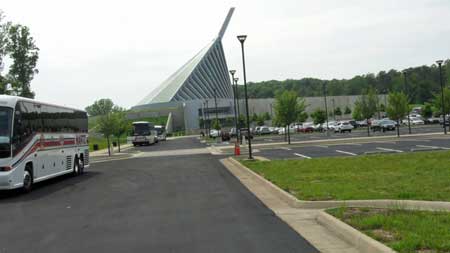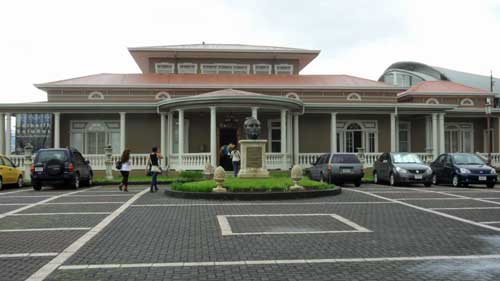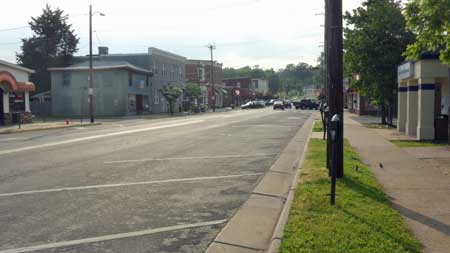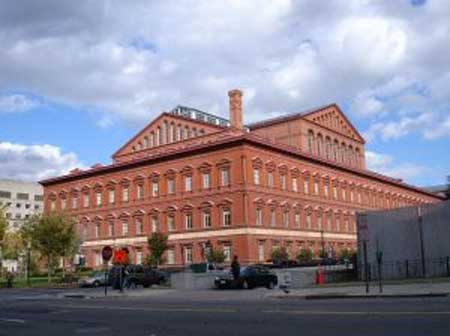
By Judy J.Pinegar
Although it now houses the National Building Museum, and serves as one of the ballrooms for the Presidential Inaugural Ball, the beautiful brick building was originally designed to be the US Pension Bureau. Constructed between 1882 and 1887, it was designed by Montgomery Cunningham Meigs, who studied both architectural design and engineering at West Point. The exterior of the building is modeled closely on the sixteenth century Palazzo Farnese in Rome.
As Megs planned the new home for the Pension Bureau, he has several goals in mind. First he wanted it to be fireproof as it would house pension records and funds. He therefore employed brick, laid in a running bond with narrow joints tinted to match, giving the effect of a smooth continuous surface. Second, to honor the veterans who worked and visited the Pension Bureau, Meigs used a variety of military imagery on the building’s exterior in the form of a terra cotta frieze which is 1,200 feet long, 3 ft high and features Union infantry, cavalry, artillery, navy, quartermaster and medical units.
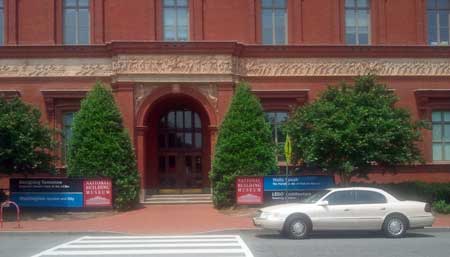
Meigs also wanted to produce a modern, healthful environment for the clerks at the Pension Bureau. His innovative plan included omitting doors between offices and the Great Hall. Fresh air would enter the offices through three missing bricks underneath the exterior windows, pass over the clerks at their desks, and enter the Great Hall. Slightly heated, the air would exit through openable clerestory windows above the fourth balcony. In 1885, Meigs determined that under prime conditions the volume of air in the Great Hall would turn over every 2 minutes. 1n 1886, Meigs reported that after one year in the new building, time lost to sickness had been reduced by 8,622 days!
The building was also designed with a document track around the inside perimeter of the Great Hall near the offices. Originally a basket capable of holding 125 pounds of documents would hang from this allowing easy movement of paperwork from office to office on each floor. In addition there was a dumbwaiter used to move paperwork vertically, among the four floors of the building.
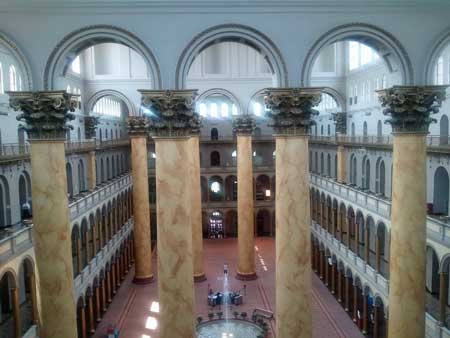
And as a final touch Meigs made the arcaded columns inside the building be used to collect and store information of interest to “historians or antiquarians of the age when ruins of this building… shall be opened to the public. Collections of maps, reports, and records from the War Department and a copper facsimile of the Declaration of Independence were among the documents enclosed in the columns, which remain closed to this day. In 1995 the Museum employed an endoscope to explore inside a small hole one column, which had been damaged by vandals in the 1960s. The exploration revealed construction catalogs, journals and newspapers from 1883!
Judy J. Pinegar is a writer
She has written for many blog sites and magazines
